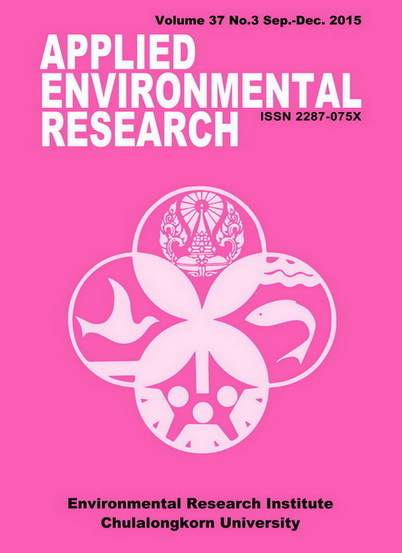Spatial Association between Environmental Noise Levels and Occurrence of Children Hearing Impairments in Ibadan Metropolis, Nigeria
Main Article Content
Abstract
Reports in the past few decades indicate that Nigerian cities have high noise levels that is claimed to impact the health of residents negatively. The present article therefore examine the relationship between levels of environmental noise in selected residential areas in Ibadan metropolis with varying reported cases of hearing impairments (HI). Data on cases of HI were collected from one hospital; noise monitoring was conducted with the aid of a noise level meter while copies of questionnaire were administered to residents to elicit information on public perception. The distribution of reported cases of HI among residential areas in Ibadan city showed varying magnitude (p < 0.001). About 75 % of children diagnosed with HI cases were within ages of 4-12 and female children suffered more (53.9 %). Sensorineural and conductive impairments accounted for 88.2 % of all reported HI cases. Monitored noise levels vary significantly among the selected residential area at each of morning, after-noon and evening (p < 0.05). Noise levels at morning and evening showed significant correlation with cases of HI reported at each of the 10 selected residential areas (r = 0.81; 0.82). Regression analysis showed that noise level explained 70.1 % of the spatial pattern of HI cases. Residents indicated that their neighbourhoods were noisy, that noise levels were on the increase and that ceremonies and generator use were major sources of noise. An integrated strategy for noise control is urgently required to stem the tide of noise pollution so as to safeguard human health in Nigerian cities.
Article Details

This work is licensed under a Creative Commons Attribution-NonCommercial 4.0 International License.
Published articles are under the copyright of the Applied Environmental Research effective when the article is accepted for publication thus granting Applied Environmental Research all rights for the work so that both parties may be protected from the consequences of unauthorized use. Partially or totally publication of an article elsewhere is possible only after the consent from the editors.

